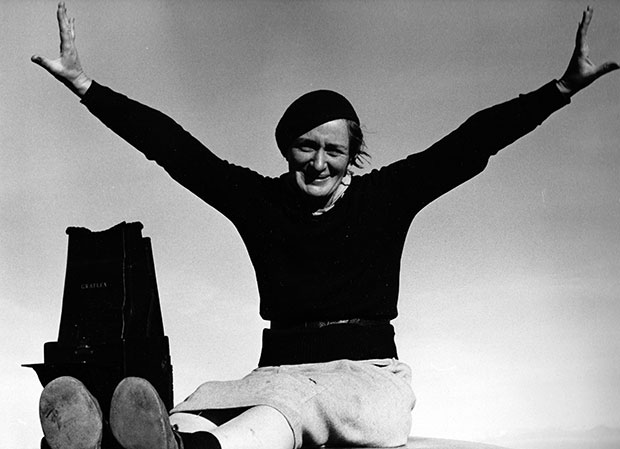
My grandfather, as a fourth son, had no opportunities or land in Japan. Many people, including my own grandparents, immigrated from Japan to Hawaii in the early 1900s in order to work on the plantations. I grew up in Hawaii, where a large part of the population is Japanese. It's hard to express how much a book like this one means to me, a third-generation Japanese American, who has always felt 100% American, but knows our dark history during the war. In this remarkable work of nonfiction, Elizabeth Partridge and Lauren Tamaki weave together photo documentation, firsthand accounts, and stunning original art to examine the history, heartbreak, and injustice of Japanese incarceration. Hired by the director of Manzanar, Ansel hoped his carefully curated pictures would demonstrate to the rest of the United States the resilience of those in the camps. Imprisoned at Manzanar, he devised a way to smuggle in photographic equipment, determined to show what was really going on inside the barbed-wire confines of the camp.Īnsel Adams was an acclaimed landscape photographer and environmentalist. Toyo Miyatake was a Japanese-born, Los Angeles–based photographer who lent his artistic eye to portraying dancers, athletes, and events in the Japanese community. Deeply critical of the policy, she wanted her photos to shed light on the harsh reality of incarceration. Three photographers set out to document life at Manzanar, an incarceration camp in the California desert.ĭorothea Lange was a photographer from San Francisco best known for her haunting Depression-era images.ĭorothea was hired by the US government to record the conditions of the camps.

Japanese and Japanese Americans were forced to live under hostile conditions in incarceration camps, their futures uncertain. Families, teachers, farm workers-all were ordered to leave behind their homes, their businesses, and everything they owned. Roosevelt ordered the incarceration of all Japanese and Japanese Americans living on the West Coast of the United States. Three months after Japan attached Pearl Harbor in 1941, US President Franklin D.


 0 kommentar(er)
0 kommentar(er)
